Filter by
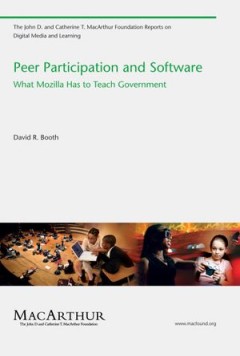
Peer Participation and Software : What Mozilla Has to Teach Government
An examination of Mozilla's unique approach to software development considers how this model of participation might be applied to political and civic engagement. Firefox, a free Web browser developed by the Mozilla Foundation, is used by an estimated 270 million people worldwide. To maintain and improve the Firefox browser, Mozilla depends not only on its team of professional programmers and ma…
- Edition
- -
- ISBN/ISSN
- 9780262514613
- Collation
- -
- Series Title
- -
- Call Number
- 650
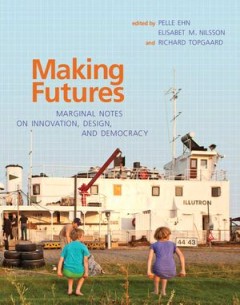
Making Futures : Marginal Notes on Innovation, Design, and Democracy
Experiments in innovation, design, and democracy that search not for a killer app but for a collaboratively created sustainable future. Innovation and design need not be about the search for a killer app. Innovation and design can start in people's everyday activities. They can encompass local services, cultural production, arenas for public discourse, or technological platforms. The approach i…
- Edition
- -
- ISBN/ISSN
- 9780262027939
- Collation
- -
- Series Title
- -
- Call Number
- 650
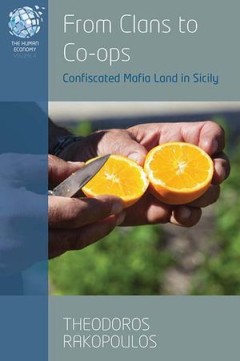
From Clans to Co-Ops: Confiscated Mafia Land in Sicily
From Clans to Co-ops explores the social, political, and economic relations that enable the constitution of cooperatives operating on land confiscated from mafiosi in Sicily, a project that the state hails as arguably the greatest symbolic victory over the mafia in Italian history. Rakopoulos’s ethnographic focus is on access to resources, divisions of labor, ideologies of community and food,…
- Edition
- -
- ISBN/ISSN
- 9781785336065
- Collation
- -
- Series Title
- -
- Call Number
- 301 RAK f
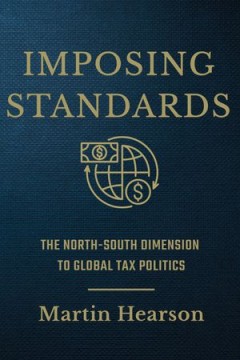
Imposing Standards : The North-South Dimension to Global Tax Politics
In Imposing Standards, Martin Hearson shifts the focus of political rhetoric regarding international tax rules from tax havens and the Global North to the damaging impact of this regime on the Global South. Even when not exploited by tax dodgers, international tax standards place severe limits on the ability of developing countries to tax businesses, denying the Global South access to much-need…
- Edition
- -
- ISBN/ISSN
- 9781501755996
- Collation
- -
- Series Title
- -
- Call Number
- 650

CHAPTER 2 First Contacts, Slavery and Kinship in North-Eastern Amazonia
The first book to address the classic anthropological theme of property through the ethnography of Amazonia, Ownership and Nurture sets new and challenging terms for anthropological debates about the region and about property in general. Property and ownership have special significance and carry specific meanings in Amazonia, which has been portrayed as the antithesis of Western, property-based…
- Edition
- -
- ISBN/ISSN
- 9781785330841
- Collation
- -
- Series Title
- -
- Call Number
- 300 BRI c

Global Carbon Pricing : The Path to Climate Cooperation
- Edition
- -
- ISBN/ISSN
- 9780262036269
- Collation
- -
- Series Title
- -
- Call Number
- 650
- Edition
- -
- ISBN/ISSN
- 9780262036269
- Collation
- -
- Series Title
- -
- Call Number
- 650
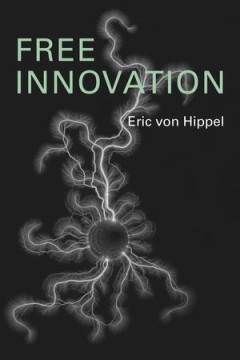
Free Innovation
A leading innovation scholar explains the growing phenomenon and impact of free innovation, in which innovations developed by consumers and given away “for free.” In this book, Eric von Hippel, author of the influential Democratizing Innovation, integrates new theory and research findings into the framework of a “free innovation paradigm.” Free innovation, as he defines it, involves inn…
- Edition
- -
- ISBN/ISSN
- 9780262035217
- Collation
- -
- Series Title
- -
- Call Number
- 650
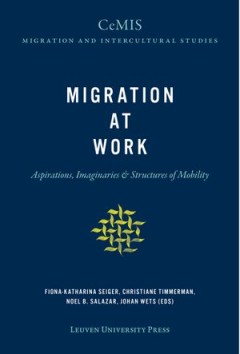
Migration at Work : Aspirations, Imaginaries & Structures of Mobility
The willingness to migrate in search of employment is in itself insufficient to compel anyone to move. The dynamics of labour mobility are heavily influenced by the opportunities perceived and the imaginaries held by both employers and regulating authorities in relation to migrant labour. This volume offers a multidisciplinary approach to the study of the structures and imaginaries underlying v…
- Edition
- -
- ISBN/ISSN
- 9789461663443
- Collation
- -
- Series Title
- -
- Call Number
- 650
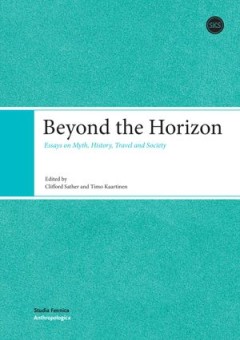
Beyond the Horizon : Essays on Myth, History, Travel and Society
Society is never just a localized aggregate of people but exists by virtue of its members’ narrative and conceptual awareness of other times and places. In Jukka Siikala’s work this idea evolves into a broad ethnographic and theoretical interest in worlds beyond the horizon, in the double sense of “past” and “abroad.” This book is a tribute to Jukka’s contributions to anthropology…
- Edition
- -
- ISBN/ISSN
- 978-951-858-069-3
- Collation
- -
- Series Title
- Studia Fennica Anthropologica 2
- Call Number
- 301 BEY
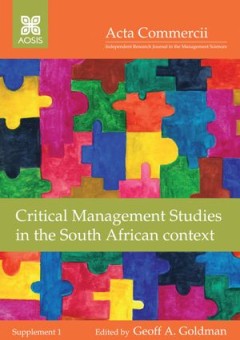
Critical Management Studies in the South African context
The purpose of the book is to establish the first formalised scholarly work on critical management studies (CMS) in the South African context. The book is a collection of seven chapters, six of which employ a conceptual methodology and one of which follows an interpretive paradigm employing qualitative methods of inquiry. CMS is a relatively young school of thought, arising in the early 1990s a…
- Edition
- -
- ISBN/ISSN
- 9781928396123
- Collation
- -
- Series Title
- -
- Call Number
- 650
 Computer Science, Information & General Works
Computer Science, Information & General Works  Philosophy & Psychology
Philosophy & Psychology  Religion
Religion  Social Sciences
Social Sciences  Language
Language  Pure Science
Pure Science  Applied Sciences
Applied Sciences  Art & Recreation
Art & Recreation  Literature
Literature  History & Geography
History & Geography